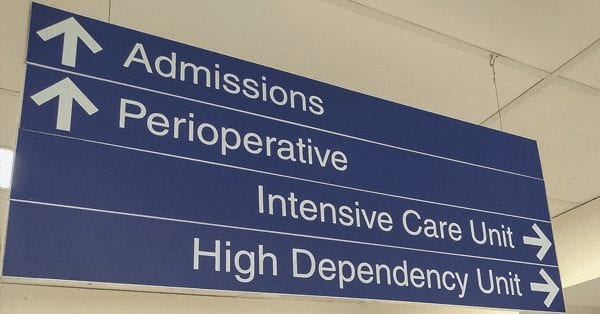Small Hospitals Welcome Tele-NICU
Tele-NICU provides a highly experienced neonatologist at a moment’s notice 24/7/365. Anywhere in the U.S., any rural or suburban hospital can have the expertise of a neonatologist who can “beam in” via a high-tech audio-visual cart. Neonatal intensive care units (NICUs) generate considerable revenue for hospitals. But in small community hospitals, there often is no…
Read More








